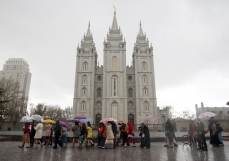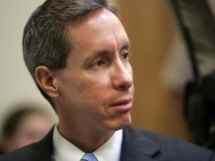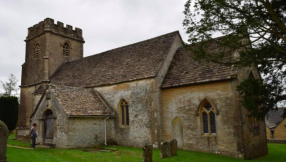Should followers of the Mormon Church be concerned about the 1.7-percent increase in membership it recorded last year—the slowest since 1937?
For blogger and Mormon Church growth expert Matt Martinich, this slowest growth rate should not be a cause of concern for the faithful, because more and more members of the church are becoming active in practising their faith.
Martinich, who founded the blog called "LDS Church Growth" that has been tracking Mormon Church growth and losses for the past eight years, explained that while new memberships are declining, the church saw an "unprecedented year for growth" in 2015 in terms of its territorial divisions called "stakes."
"Congregational growth and stake growth are the best measurements of the increase of active members. Those numbers really say a lot about active membership and leadership," the blogger said in an interview with Religion News Service.
"There's a net increase of 60 stakes, the most new stakes created in any year since 1998, though there were also several stakes closed. That growth has happened all over the world," he added.
For instance, Martinich said a second stake was created in Kenya last month, while two new stakes will emerge in Hong Kong later this month.
The Mormon Church growth expert also said that more active church participation has likewise been observed in some areas. The Church in Mozambique, for instance, "has achieved good results improving convert retention and member activity rates," he said.
"The church has also achieved some marginal progress in some other nations with sizable numbers of Latter-day Saints such as Brazil, Guatemala, and Taiwan. Rapid growth is currently occurring in West Africa," Martinich explained.
In terms of the number of Mormon Church missionaries around the world, Martinich admitted that this has also decreased. He hastened to add though that again, that isn't necessarily a bad thing.
The blogger-expert said the decrease is primarily because of the "surge" implemented by the Mormon Church in 2012, which saw an influx of missionaries sent to the United States.
If the current number of missionaries is compared to the figures before the "surge," an increase of 15,000 will be observed, Martinich explained.
"There were certain countries where they experienced a significant increase in missionaries. In the Philippines the number of Filipinos serving missions doubled. There are countries that have historically sent very few people on missions, like Micronesia and some nations in Africa, where more people from those countries are serving than ever before," he said.

















